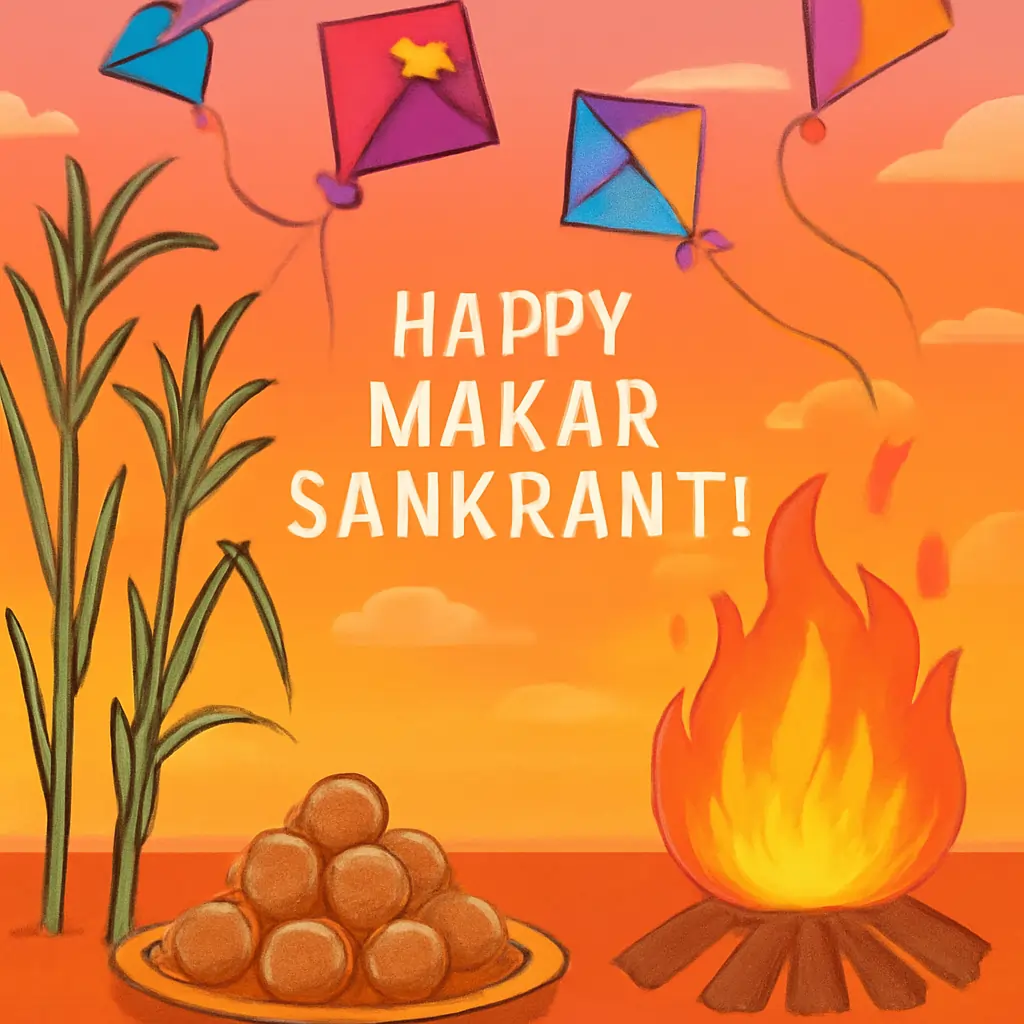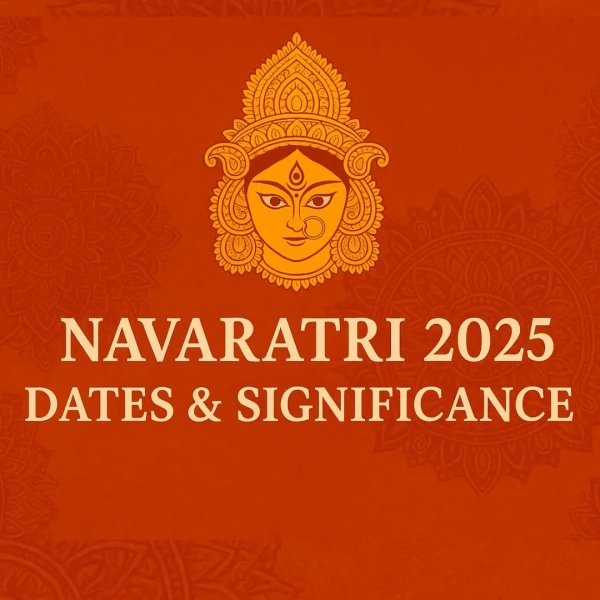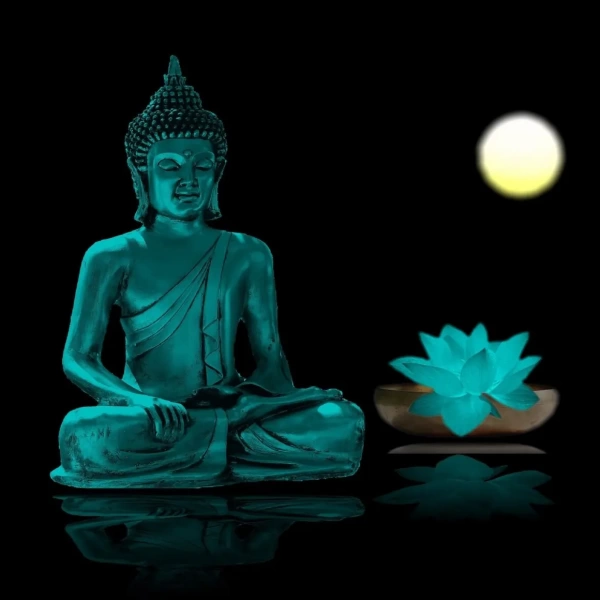
Introduction
GET :- MORE INFORMATIO

Makar Sankranti is one of India’s most widely celebrated festivals, observed when the Sun enters the zodiac sign Capricorn (Makara Rashi). Unlike lunar-based Hindu festivals, it follows the solar calendar, so its date remains nearly constant every year.
In 2026, Makar Sankranti falls on Thursday, 15 January, marking the beginning of Uttarayan — the Sun’s northward journey — symbolizing longer days, harvest celebrations, and spiritual renewal. While the core sentiment of gratitude, charity, and community bonding is the same, the festival has different names, customs, and recipes across India.
Panchang & Muhurat Timings (15 Jan 2026)

Get :- more about
Surya Sankraman (Sun Enters Capricorn)
- Date: Thursday, 15 January 2026
- Sankraman Moment: 07:15 AM IST
Punya Kala
Auspicious time for charity, bathing, and rituals:
- 07:15 AM – 05:50 PM IST
Mahapunya Kala
Highly auspicious sub-period:
- 07:15 AM – 09:15 AM IST
Region-wise Names & Celebrations
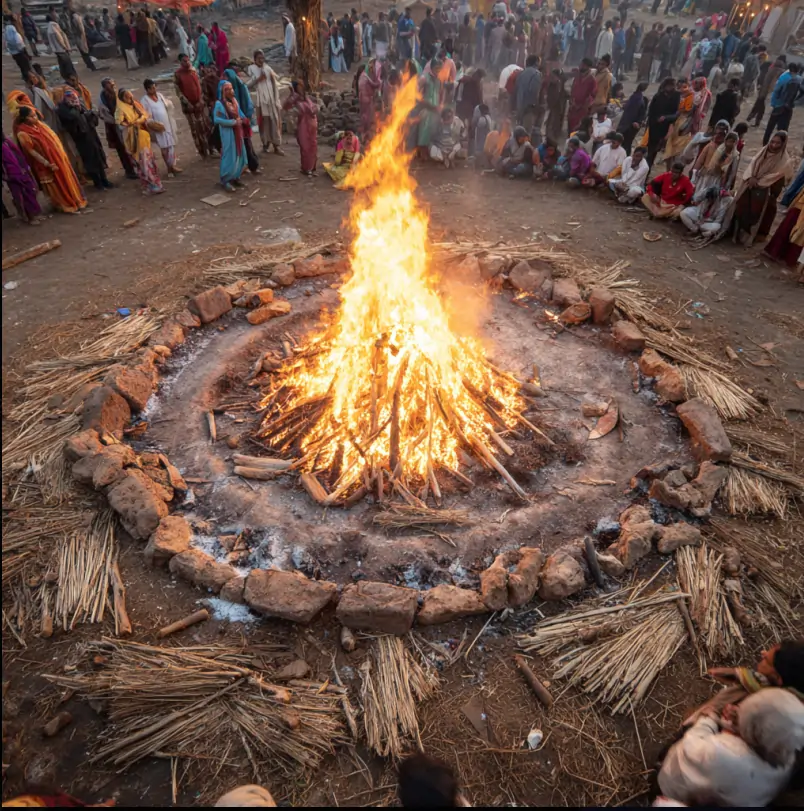
Makar Sankranti is called different names across India and neighboring regions:
| State/Region | Festival Name | Special Customs |
| Gujarat | Uttarayan | International Kite Festival, Undhiyu & chikki |
| Maharashtra & Karnataka | Makar Sankranti | Tilgul exchange, Haldi-Kumkum for married women |
| Punjab & Haryana | Lohri (14 Jan) | Bonfire, folk songs, rewari & peanuts |
| Tamil Nadu | Pongal | 4-day celebration, decorated cattle, Sakkarai Pongal |
| Andhra Pradesh & Telangana | Pedda Panduga | Community feasts, rangoli |
| Uttar Pradesh & Bihar | Khichdi Parv | River baths, khichdi & til laddoos |
| Assam | Magh Bihu | Feasts, traditional games |
| Himachal Pradesh | Magha Saaji | Snow festivities, river bathing |
| Nepal | Maghe Sankranti | Sesame sweets, oil massages |
Mythological Significance
- Bhishma Pitamah from the Mahabharata waited until Uttarayan to leave his body, believing it to be the most auspicious time for moksha.
- Worship of Surya Dev is central, thanking the Sun for life and harvest.
- Symbolizes moving from darkness to light, cold to warmth, and scarcity to abundance.
Astrological Importance


- The Sun’s entry into Capricorn strengthens discipline, responsibility, and focus.
- Considered a Shubh Muhurat for starting new ventures, buying property, or beginning long-term projects.
- Each zodiac sign experiences different effects, with Capricorn and Cancer natives feeling the most impact.
Rituals & Traditions
- Holy Bath (Snan) in rivers like Ganga, Yamuna, Godavari, or Narmada.
- Charity (Daan) of sesame, jaggery, blankets, and grains.
- Sesame-Jaggery Sweets as a symbol of warmth and unity.
- Kite Flying in Western States
- Haldi-Kumkum gatherings for women in Maharashtra.
Health & Ayurveda Benefits of Sesame & Jaggery
- Sesame seeds: High in calcium, magnesium, and healthy fats — improves bone health and provides warmth.
- Jaggery: Rich in iron, aids digestion, and detoxifies blood.
- Combination: Boosts immunity and keeps the body warm during winter.
5 Easy Sesame Recipes for Makar Sankranti
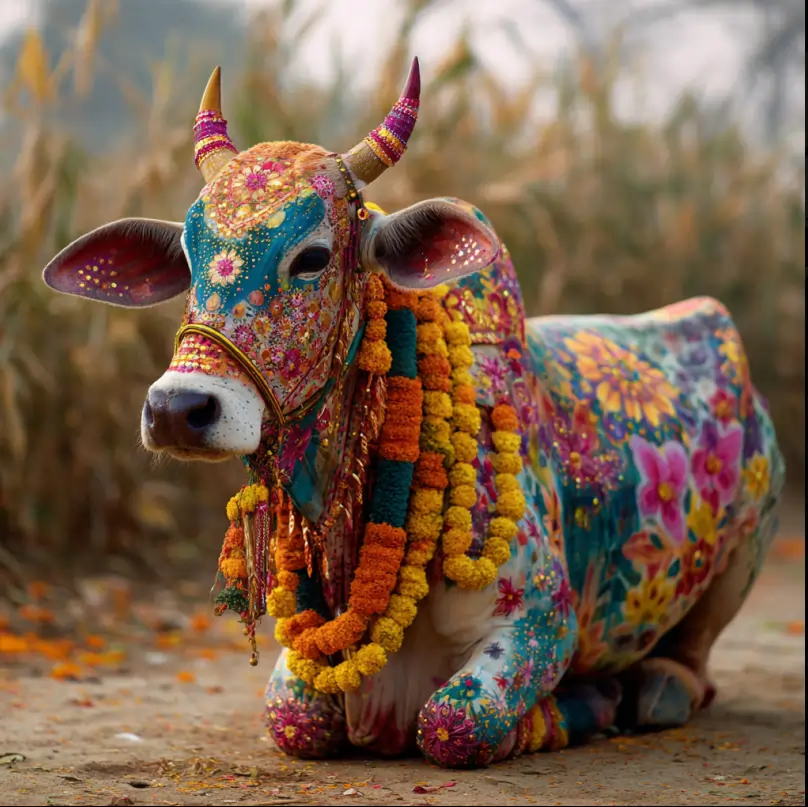

1. Tilgul Laddoo (Maharashtra)
- Ingredients: Sesame seeds, jaggery, ghee, cardamom.
- Method: Roast sesame, melt jaggery to soft-ball stage, mix, roll laddoos.
- Greeting: Tilgul ghya, god god bola.
2. Til Chikki
- Roast sesame, melt jaggery to hard-ball stage, mix, flatten, and cut into squares.
3. Til Poli (Sweet Flatbread)
- Wheat dough stuffed with roasted sesame-jaggery mixture, rolled and cooked with ghee.
4. Sakkarai Pongal (Tamil Nadu)
- Cook rice in milk, add melted jaggery, cardamom, ghee, and cashews.
5. Khichdi with Sesame Garnish
- Cook rice and moong dal, temper with ghee and spices, and sprinkle roasted sesame.
Travel & Tourism Highlights
- Ahmedabad International Kite Festival – attracts visitors worldwide.
- Prayagraj Magh Mela – lakhs take holy dips.
- Konark Sun Temple, Odisha – Surya Puja in grand style.
Environmental & Modern Tips
- Avoid plastic-coated kite strings to protect birds.
- Use organic jaggery and sesame for health and sustainability.
- Share food and greetings across communities for harmony.
Cultural Etiquette & Greetings
- Maharashtra: Tilgul ghya, god god bola.
- Karnataka: Ellu bella thindu olle maathadi.
- Gujarat: Uttarayan Mubarak.
- Tamil Nadu: Pongal-o-Pongal.
Do’s & Don’ts
Do’s
- Take a ritual bath in the morning.
- Share sweets and meals with neighbors.
- Donate clothes, food, and blankets.
Don’ts
- Avoid harsh speech — the day symbolizes unity.
- Refrain from wasting food.
- Use safe, eco-friendly kite materials.
Want to know more about Festival & Vrata Guides

FAQs
Q1. Is Makar Sankranti always on 14 Jan?
No, sometimes on 15 Jan (like in 2026) due to astronomical calculations.
Q2. Can diabetics enjoy Tilgul
Yes, in moderation — or replace jaggery with date paste or sugar-free alternatives.
Q3. Is fasting necessary?
Optional — some people fast until bathing and donating, then eat til-based foods.
Q4. Why is sesame so important?
It’s a purifier in Hindu rituals and provides warmth in winter.
Q5. Why do some states celebrate for multiple days?
Cultural tradition — Pongal lasts 4 days, Magh Bihu for 2–3 days, Uttarayan for 2 days.
Conclusion
Makar Sankranti on 15 January 2026 blends astronomy, agriculture, health, and culture into one celebration. Whether you’re flying kites in Gujarat, preparing Pongal in Tamil Nadu, lighting a Lohri bonfire in Punjab, or making til laddoos in Maharashtra, the festival’s essence is the same — gratitude to the Sun, warmth in relationships, and sharing prosperity.
